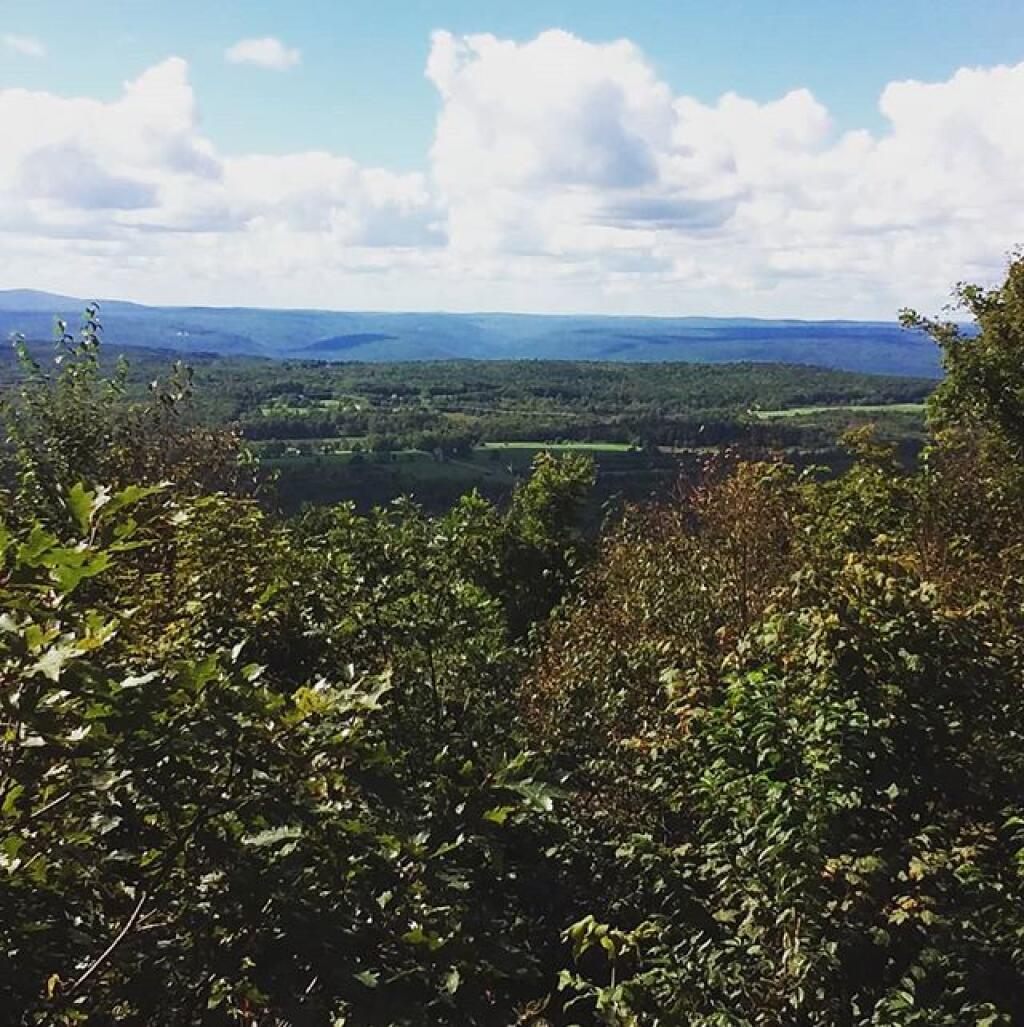Happy Weekend! Mostly clear and 67 degrees at the Mason Lake. There is a southwest breeze at 7 mph. 🍃. The dew point is 54 degrees.
A nice day today but busy one. 💼 But I did get out for a nice walk 🚶🏻 and the leaves were quite pretty. Laying back in the hammock and eventually I’ll get a fire started 🔥 once it gets a bit darker.
Tonight will have patchy fog after 1am. Otherwise, mostly clear 🌃, with a low of 50 degrees at 6am. Three degrees above normal, which is similar to a typical night around September 21st. Southwest wind around 6 mph becoming calm in the evening. In 2019, we had partly cloudy skies in the evening, which became cloudy by the early hours of the morning. It got down to 53 degrees. The record low of 29 occurred back in 1947.
Tonight will have a Waxing Gibbous 🌔 Moon with 68% illuminated. At 5 PM, the moon was in the southeast (134°) at an altitude of 8° from the horizon, some 237,259 miles away from where you are looking up from the earth. 🚀 At the state speed limit of 55 mph, you’ll make it there by March 24th. Buckle up for safety! 💺 The Hunter 🏹 Moon is on Thursday, October 1. The darkest hour is at 12:50 am, followed by dawn at 6:21 am, and sun starting to rise at 6:50 am in the east (91°) and last for 2 minutes and 57 seconds. Sunrise is one minute and 8 seconds later than yesterday. 🌄 The golden hour ends at 7:27 am with sun in the east (97°). Tonight will have 12 hours and one minute of darkness, an increase of 2 minutes and 58 seconds over last night.
Tomorrow will have isolated showers after 2pm. Patchy fog before 9am. Otherwise, mostly sunny 🌦, with a high of 77 degrees at 3pm. Nine degrees above normal, which is similar to a typical day around September 4th. Maximum dew point of 55 at 11am. Light south wind increasing to 5 to 10 mph in the afternoon. Chance of precipitation is 20%. A year ago, we had partly cloudy skies. The high last year was 69 degrees. The record high of 90 was set in 2017.
I am thinking that I will get a pretty early start in the morning 🌄 and do some hiking before the crowds. I’m thinking about hiking up and over Watch Hill over Indian Lake. 🗻 I do expect it it will be crowded by midday but I’ll probably head back to camp relatively early.
In four weeks on October 23 the sun will be setting in the west-southwest (254°) at 6:01 pm,🌄 which is 47 minutes and 55 seconds earlier then today. In 2019 on that day, we had mostly sunny, patches of fog and temperatures between 64 and 38 degrees. Typically, you have temperatures between 57 and 37 degrees. The record high of 81 degrees was set back in 1947.
Looking ahead, Average High is 65 🍂 is in 1 weeks, Average Night Below Freezing 🌌 is in 7 weeks, Buy Nothing Day 🛍️ is in 9 weeks, Average High is 40 🌨 is in 10 weeks, Bake Cookies Day 🍪 is in 12 weeks, Christmas 🎅 is in 3 months, New Years Day 2020 🎉 is in 14 weeks, Bubble Bath Day 🧼 is in 15 weeks, 5 PM Sunset 🌆 is in 4 months and 38th Birthday 🎉 is in 18 weeks.




